- Learning time
- 60 minutes
- First play time
- 180 minutes
Tales of the Northlands
Designed by: Nick Case
For the unaware – which will be most people any younger than us – Noggin the Nog was a series of books and animated children’s show in the 1960s. The Nogs made all kinds of crazy inventions, led by their king Noggin, and continuously foiled the Ronseal of bad guys, Nogbad the Bad.
In Tales of the Northlands: Sagas of Noggin the Nog, players are competing against each other whilst also collaborating: they work together to try and complete the Sagas – a set of Saga cards – to crown Noggin king before evil Nogbad claims the crown.
Everyone has a bunch of Nogs (wooden workers) and the big board shows a variety of spots you can send them on your turn. Go to the forest for wood. Go to the mines for stone. Go to the market to trade, or hire a special character. Plant crops, harvest crops, use your wood and stone to build things (buildings or vehicles) to improve your capacities or abilities for the remainder of the game. Use resources also for grabbing inventions, or, most important of all, contributing to the Sagas. There will always be some available and their completion requires players to contribute either resources and/or the presence of some of the special characters – you’ll need to go to market and pay for them to go and join the Saga. When a Saga card is complete, players claim points depending on how much they contributed to it. That, in essence, is the game. But there are some rather large wrinkles to consider around that basic premise.
First of all, the turn order is decided by a time track that moves the game through two ‘years’. When you’re at the back of the track, it’s your turn, and you keep taking actions (most cost a single unit of time, but some may cost more) to push you forward, until you’re at the front again. This gives you lots of possibilities on your turn, but it also means a lot may happen before your turn comes around again. Then consider that your Nogs (which are spent on actions, remember) can only be spent once in each year, so you need to factor that into your thinking. There’s ways to get more Nogs (building certain buildings, for instance) but this takes time and actions to do so…
Finally there is Nogbad. He creeps along a track of his own, giving everyone a race-against-the-clock feel as the players collectively lose (Nogbad wins!) if he reaches the end of his track before all Sagas are complete. And not only that in every season he moves around the board, interfering with what the players want to do and generally living down to his name.
Mix in some Nog-placement rules and restrictions on how many resources you can store, and if you’re playing the full rules-experience (the game does come with more family-friendly rules for little ones) there’s quite a lot going on. Points are scored in a number of ways; mostly from contributing to the completion of Sagas and building Inventions.
The guru's verdict
-
Take That!
Take That!
There's no direct combat between players, so the Take That aspect is confined to who helps out the quickest on a Saga, possibly leaving you with resources that would have got you points on the last Saga, but cannot contribute to the current one.
-
Fidget Factor!
Fidget Factor!
There may be lulls.
-
Brain Burn!
Brain Burn!
For the full game (we've not played the simpler version) it's more of a cognitive load than the lovely pictures (by original illustrator Peter Firmin) might suggest. Your challenge as an individual is to get an engine going that regularly brings in resources, and the wherewithal to store them. Then collectively, you need to complete the Sagas and stop Nogbad.
-
Again Again!
Again Again!
The full experience (again, we've not played the simpler version) is not exactly a game you'd describe as bright and breezy. But considering the multitude of factors at play here, there's certainly a good deal of replayability.


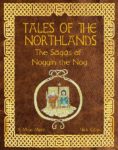



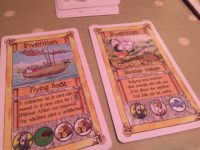


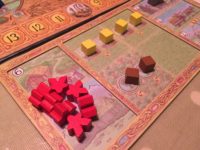


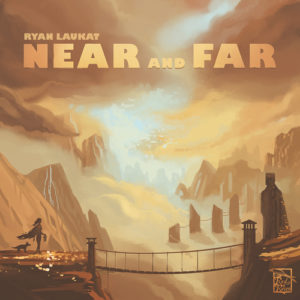

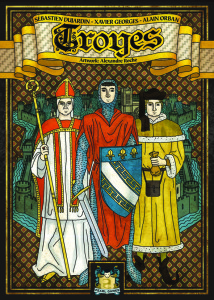
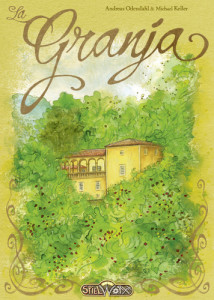

Sam says
That Tales of the Northlands exists is slightly baffling, even in a climate with lots of gamers eager for new experiences. The Nogs are not exactly dominating the zeitgeist as I type, and yet here we have an expansive, expensive game, based on a children's series from a half a century ago, but - with the full experience - pitched at adults. What's really evident here from the theme to the artwork to the machinations of how Northlands plays is how much love has been invested: things might not zip by in the style of some more instantly-accessible titles, but that's not really what Northlands is aiming for; this is a story in a way, where the tales of the title are evident in the experience of playing. It's slightly ponderous, however; you don't live out the Sagas as much as facilitate them, and for us the game as a whole was just a bit too fiddly and long-winded. However I'm sure there'll be those who'll love Tales of the Northlands. It's a strange curio of a game.